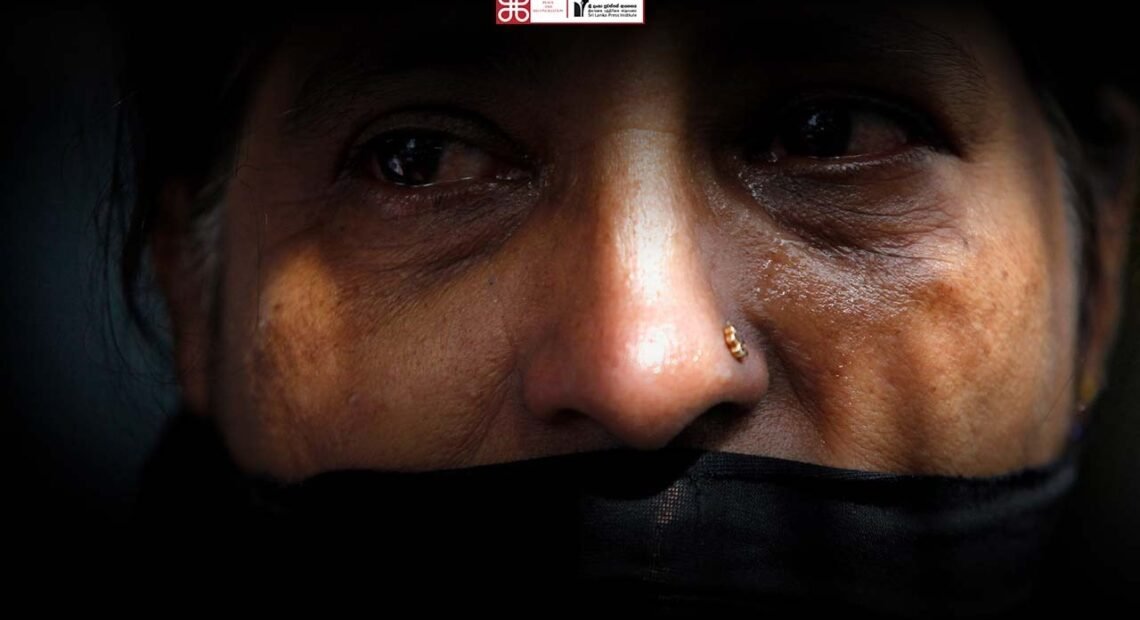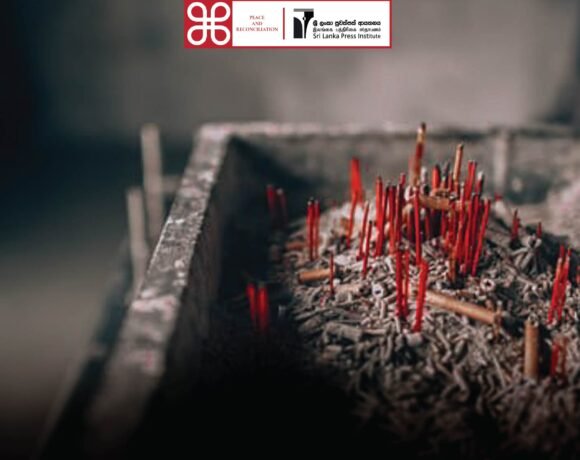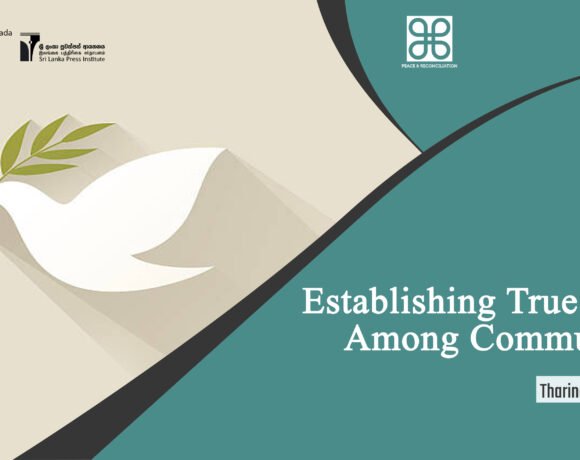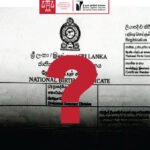
Media Activism and the Conflict in Sri Lanka
Sunil Jayasekara
In examining the 30-year conflict that ravaged Sri Lanka, it is instructive to probe into and explore its impact on media institutions and journalism. In 1948, Sri Lanka was granted independence on a multicultural platform.
At the time, only the Kandyan Highland had demanded a separate administration. By contrast, Tamils and Muslims acquiesced in the idea of a united nation, foregoing on demands for self-determination. How, then, are we to explain the deterioration of relations between these communities and their representatives, in the years following independence? These divisions were sown by events such as the disenfranchisement of Indian Tamils, the adoption of Sinhala as the sole official language of the State, and the repeal by the 1972 Constitution of Section 29 of the Soulbury Constitution that had afforded special protection for the country’s minorities. These inevitably led to the enthronement of a majoritarian ideology that paved way for a national tragedy. We must certainly delve into these factors and their impacts on the country’s media. It is, however, regrettable that debates and discussions about the role of the media in all this, and in Sri Lanka’s civil war, have not yet taken place.
In the 73 years since independence Sri Lanka has witnessed 30 years of brutal carnage and conflict. If we look into the role played by the media and by journalists during this period, we face an inescapable fact: that our journalists played a key role, not just on the side-lines, but as participants, in that conflict. In other words, they became players in the conflict, instead of being mere dispassionate observers. This is as true for reporters as it is for media institutions, especially the press.
It can, therefore, be said that since the dawning of independence in 1948 the historical trajectory of the press and of journalism has, in general, depended on the trajectory of political parties. This has particularly been true of the role of the press during the unfolding of the conflict.
The impact of the exacerbation of the war after 1980 was felt most strongly by the general population, society, and economy. Media was the one source through which the people could inform themselves about the realities on the ground. Reporters thus had a role to play in bringing to people the truth of what was happening in the country. They had to intervene and get the facts on the ground without contributing to tensions and conflicts. What we must probe is whether media institutions and personnel did, in fact, fulfil this responsibility, and whether they had the vision to do so.
What must be borne in mind is that the war resulted in the polarisation of opinion along ethno-religious lines and the opening up of divisions between representatives of majority and minority communities. It was thus inevitable that the Sinhala-dominated media neglected reporting on the ground situation in Tamil-dominated areas, while its Tamil counterpart neglected reporting on the ground situation in Sinhala-majority areas. Furthermore, the media became an object of political patronage and played its role in line with the dictates of the majority opinion. In this scheme of things, the majority of journalists began propagating their version of the conflict, undermining the voices of other communities. That a few of them became informants for the military is, of course, not a secret anymore.
The fact that the government imposed censorship and restrictions on the media did not pose much of a problem for journalists who toed the government line. It was difficult to access the war zone in the North and East without permission from the Defence Ministry and it was difficult to obtain that permission. In such a situation people had little choice but to rely on reports from journalists who had appointed themselves as voices of their respective communities, or from foreign publications and news services that were reporting on the country and the conflict. That led to journalists holding a monopoly on not just news, but also reality.
All this contributed to the widening of the rift between Sri Lanka’s many communities and also prevented a serious public discussion on the conflict. The consequences of the media playing a key role in the unfolding of this conflict are felt even today. One such grave consequence has been the hounding of independent media outfits by the prevailing party in power. The price the people of this country paid for the war has been immense. The war taught the Sinhala, Tamil, and Muslim communities some crucial lessons which also relate to our reporters and journalists. Whether the public and the reporters and journalists have learnt from these events remains a debatable point.








